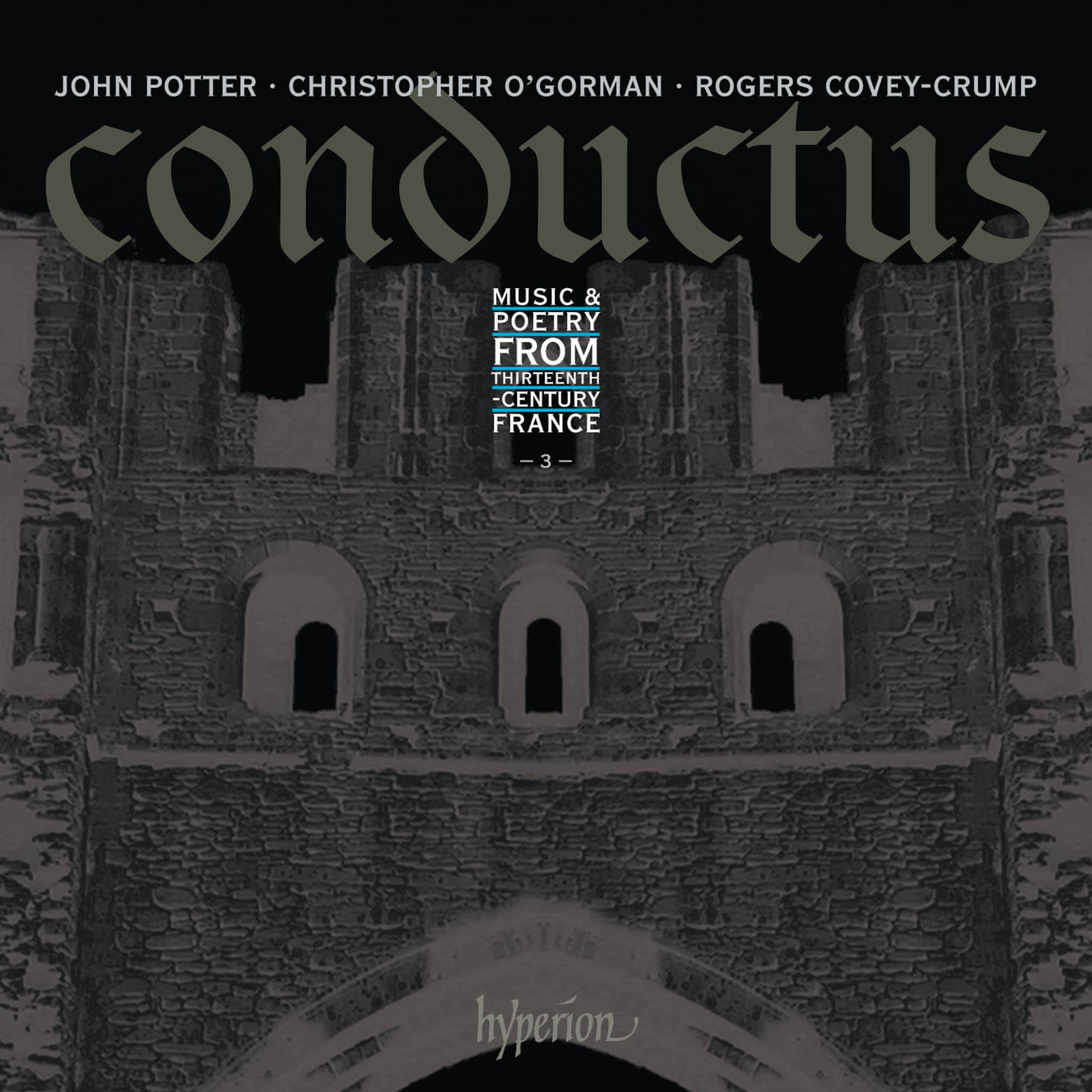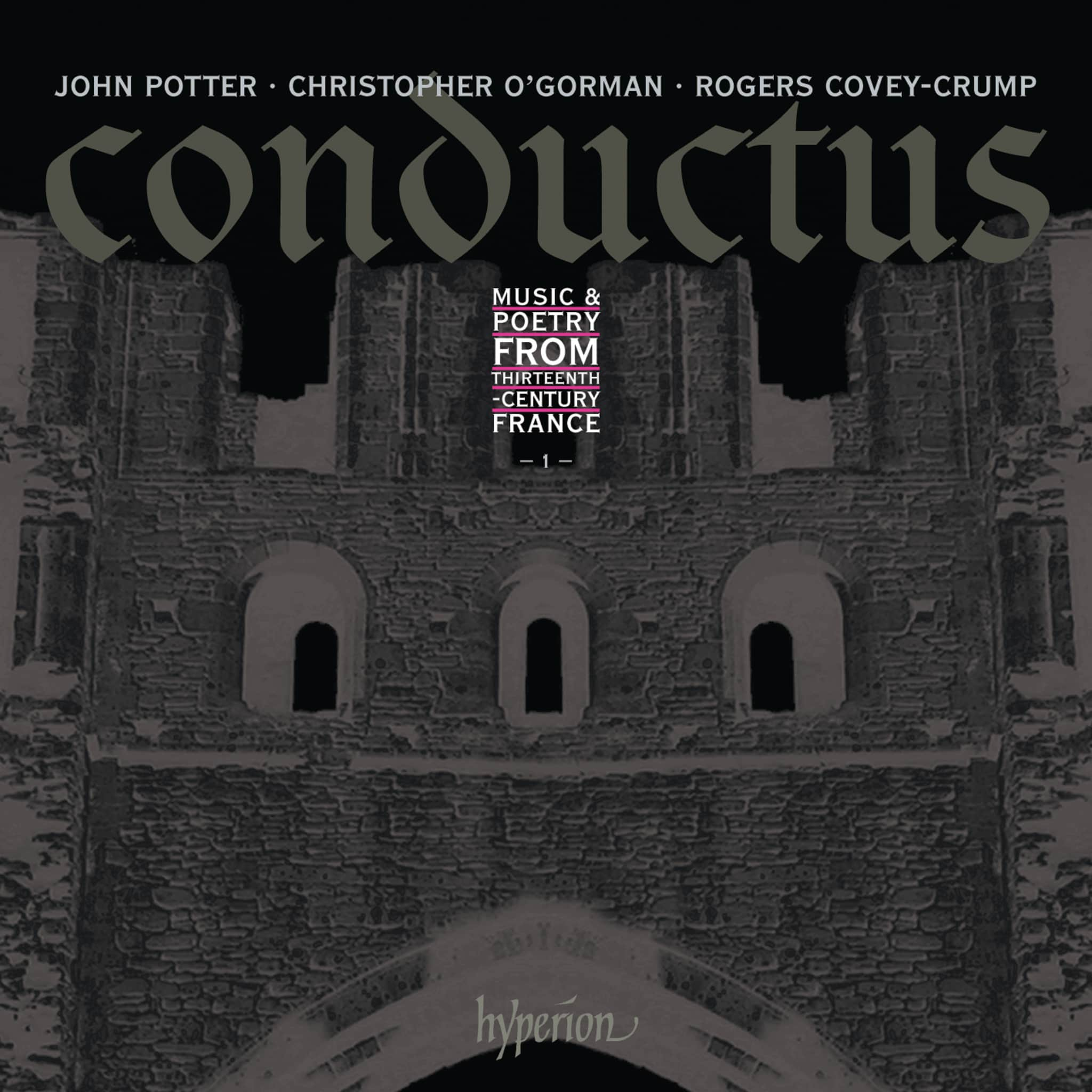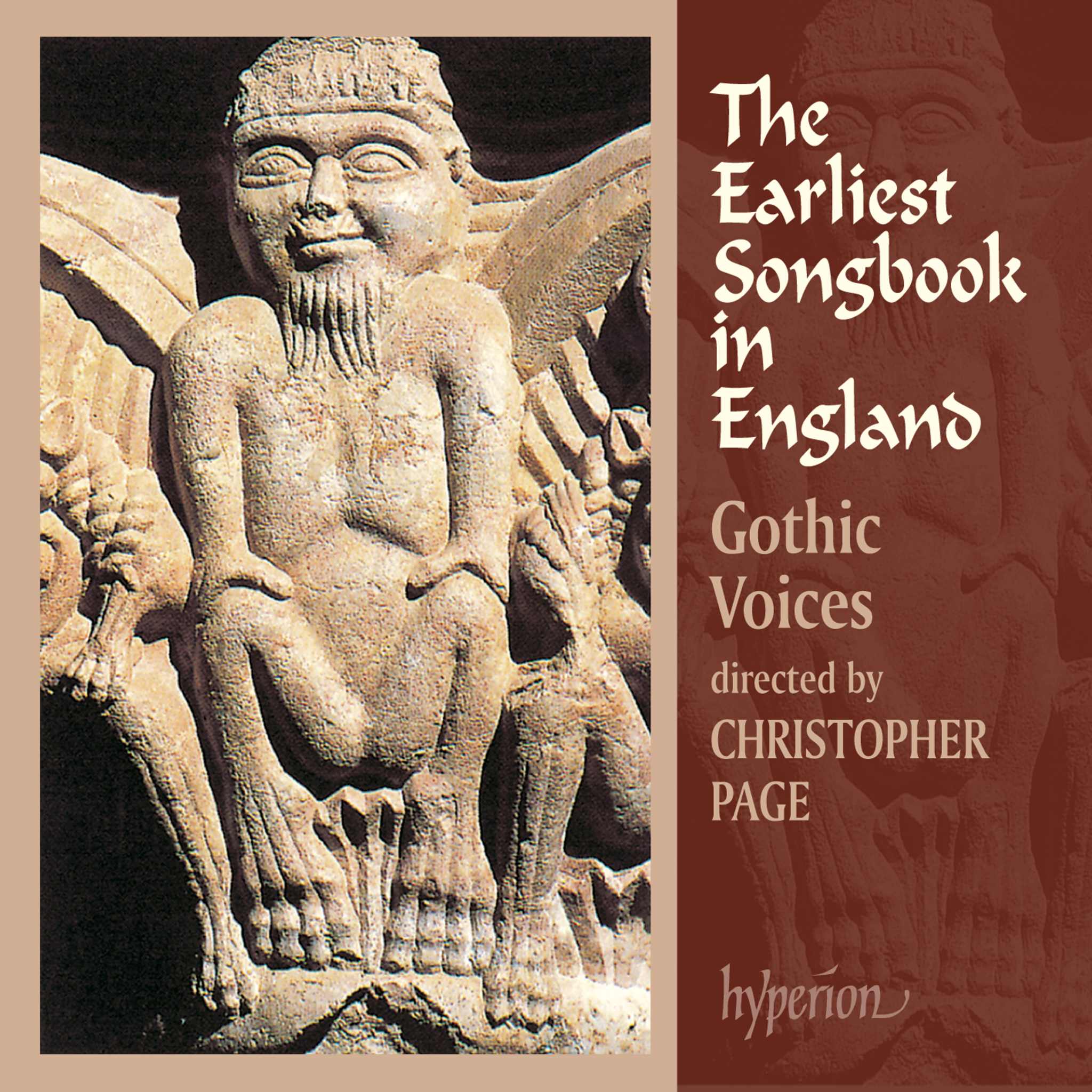Album insights
Felix Mendelssohn-Bartholdy, born in Hamburg to a Jewish banker and grandson of philosopher Moses Mendelssohn, converted to Christianity like his father. By age seventeen, he had composed twelve youthful symphonies for strings, gaining recognition with his String Octet and Midsummer Night's Dream Overture. While belonging to the Romantic era, his style leaned more towards poetry than extravagance, showing a strong affinity for classical tradition. His Ave Maria, part of the Drei Kirchenmusiken, Op. 23, written in 1830 for tenor voice, choir, and organ, leaves a profound impression with its interplay of soloist, choir, block harmony, and lively counterpoint.
Johann Sebastian Bach's sacred cantatas, interwoven into Lutheran Church services, mirrored liturgical practices. They were often composed for specific seasons or days in the church calendar, drawing material from relevant chorales and scriptures of the day. These compositions required a choir with soloists, an orchestra featuring a keyboard instrument Basso continuo, including recitatives, arias, possibly a duet, various chorales, both simple and elaborate. The church cantata Nr. 147 ("Heart and Mouth and Deed and Life") was first performed in July 1723 at the St. Thomas Church in Leipzig, where Bach had recently been appointed as Kantor. The chorale "Jesu, Joy of Man's Desiring," with its organ obbligato, appears in the final movement of the cantata.
César Franck penned his Panis angelicus for tenor voice, organ, harp, cello, and double bass in 1872, later integrating it into his 1860 three-part Mass that premiered without it at the Sainte-Clotilde Church in Paris, where he served as organist and choirmaster. The piece itself is so renowned that its arrangement, starting with a unison soprano melody leading into a full choir verse, effectively utilizing Franck's canon, has garnered attention.
Colin Mawby, a former Westminster Cathedral Master of Music now residing in Ireland, has crafted numerous short motets over the years, including the Ave verum corpus for mixed choir (separating into up to eight parts at times) with organ accompaniment. Delving into a dramatically intense depiction reflecting Christ's suffering on the cross, Mawby intricately captures Christians' reverent acknowledgment of His sacrificial offering.
Gioacchino Rossini, primarily associated with opera, showcased his versatility through compositions like Stabat Mater and Petite messe solennelle. Rossini's sacred motet, O salutaris hostia, published in 1857 in Paris, stands as a poignant, homophonic piece for a four-part choir without accompaniment.
Sir William Harris, having studied organ under Sir Walter Parratt and composition under Charles Wood and Walford Davies at the Royal College of Music, left a lasting legacy with his church and organ music, epitomized by compositions like The Hound of Heaven for baritone solo, choir, and orchestra. Among his notable works, the hymn Faire is the heaven, a setting for bass choir based on a poem by Edmund Spenser, remains a standout example.
Gustav Holst, known for works like the Peer Gynt Suites and Piano Concerto in A minor, crafted his Ave Maria for an eight-part female choir, sung here by boys unaccompanied. Departing from Wagnerian chromaticism and Victorian church music rigidity, Holst introduces a greater freedom in dissonance within diatonic harmony.
Charles Gounod's legacy includes operas like Faust and a notable piece, Marche funèbre d'une marionnette. His revered Ave Maria, composed in 1859 and described as a "religious melody adapted to J. S. Bach's 1st Prelude," exudes sentimental charm with Bach-inspired harmonies, exhibiting a different atmosphere in Colin Mawby's interpretation with a predominantly wordless backdrop.
Gabriel Fauré faced challenges in gaining recognition outside France, with his Requiem only achieving acclaim in the 1940s. Fauré's Op. 47 consists of O salutaris for solo voice and Maria, mater gratiae for two voices, accompanied by organ. These works, with organ accompaniment, demonstrate Fauré's modal harmony expertise and knack for gregorian chant nuances.
Sir Edward Elgar's illustrious career, starting as an organist in Worcester and culminating in compositions like Ave Maria, Ave maris stella, and Ave verum corpus, showcases his blend of romantic tradition akin to Mendelssohn and Gounod for a mixed choir and organ.
Constanze Mozart, wife of Wolfgang Amadeus Mozart, inspired the creation of Ave verum corpus in 1791 for Anton Stoll's Corpus Christi celebration in Baden, featuring a four-part mixed choir, strings, and organ.
Edvard Grieg, renowned for Peer Gynt Suites and Lyric Pieces, composed Ave maris stella in 1898, arranging it for a mixed choir that year.
Déodat de Séverac, a student of Schola Cantorum, produced compositions like Tantum ergo in 1920, influenced by Mussorgsky's romanticism and Debussian impressionism.
Pierre Villette, born in Rouen, crafted a significant body of choral compositions such as Hymne à la Vierge, a notable A-cappella piece with melodic richness and chromatic harmonies.
Franz Schubert, a prolific Austrian composer, translated Moses Mendelssohn's 23rd Psalm into an English version for two boys' voices and organ accompaniment in 1820.
Felix Mendelssohn composed Lobgesang and Festgesang for Leipzig's Gutenberg quatercentenary celebrations in 1840, showcasing his talent with orchestral movements and choral finales.
Cantique de Jean Racine, awarded to Gabriel Fauré in 1865, portrays a devotional style with a flowing melody and contrapuntal strengths, influenced by Racine's seventeenth-century poems.
Gustav Holst's Nunc dimittis, setting Latin verses from the Luke Gospel for an eight-part mixed choir, debuted at Westminster Cathedral in 1915, revealing his penchant for chord representation and contrapuntal imitations.









